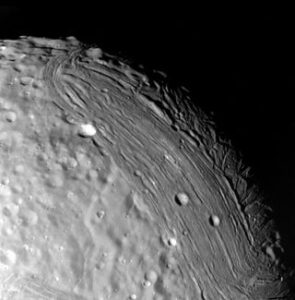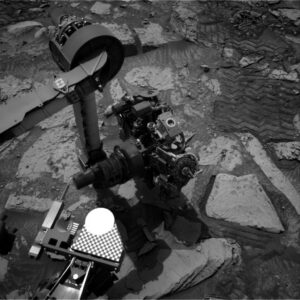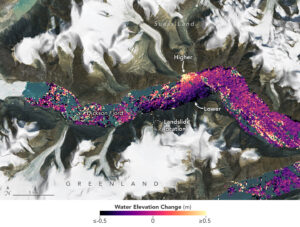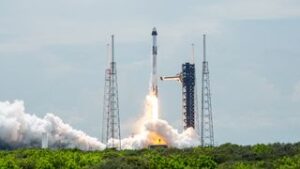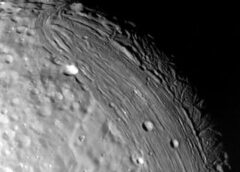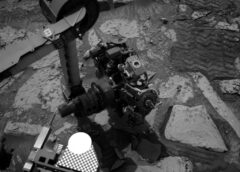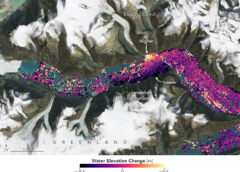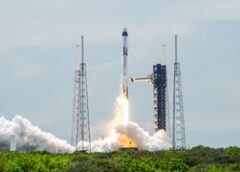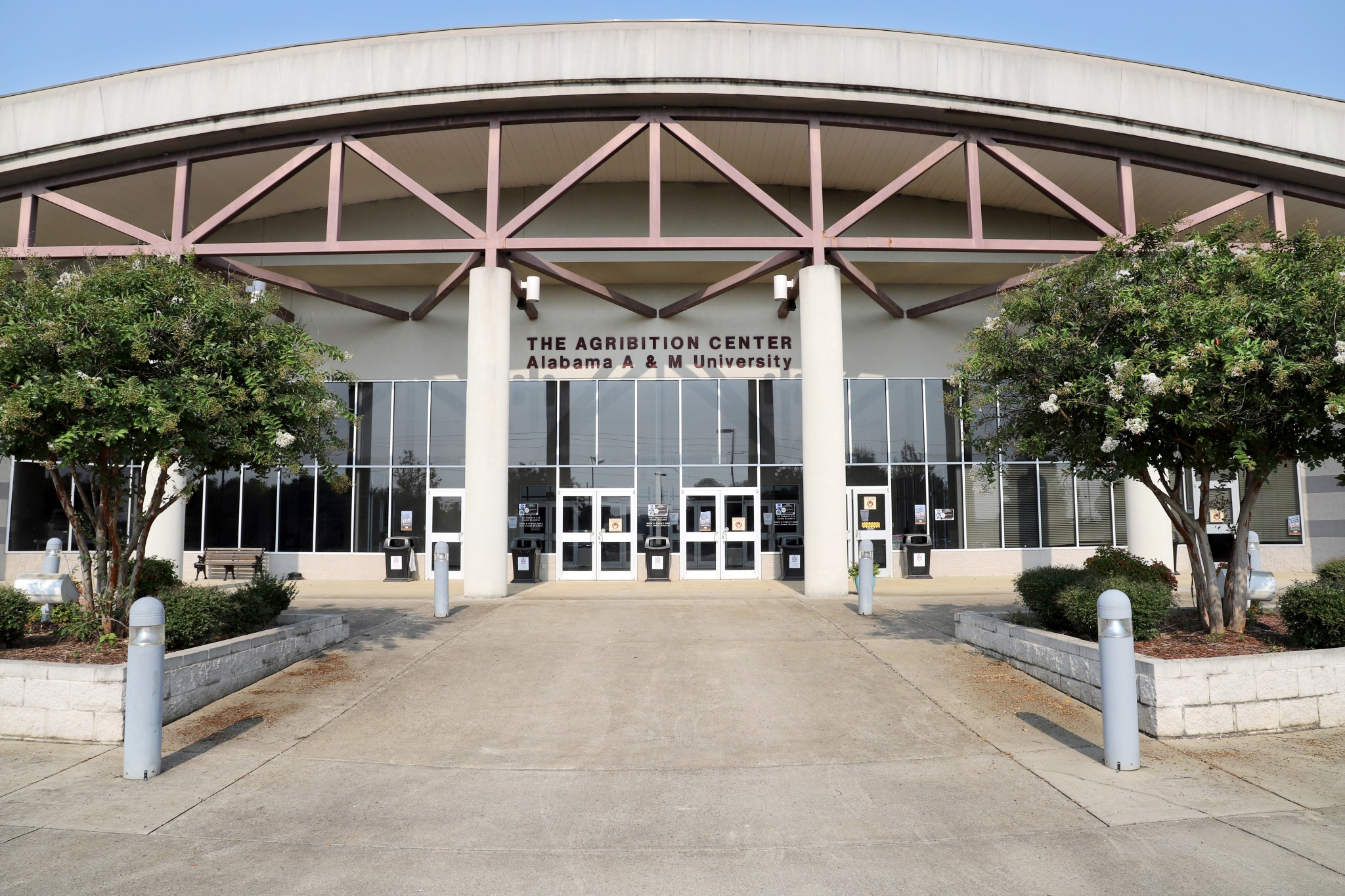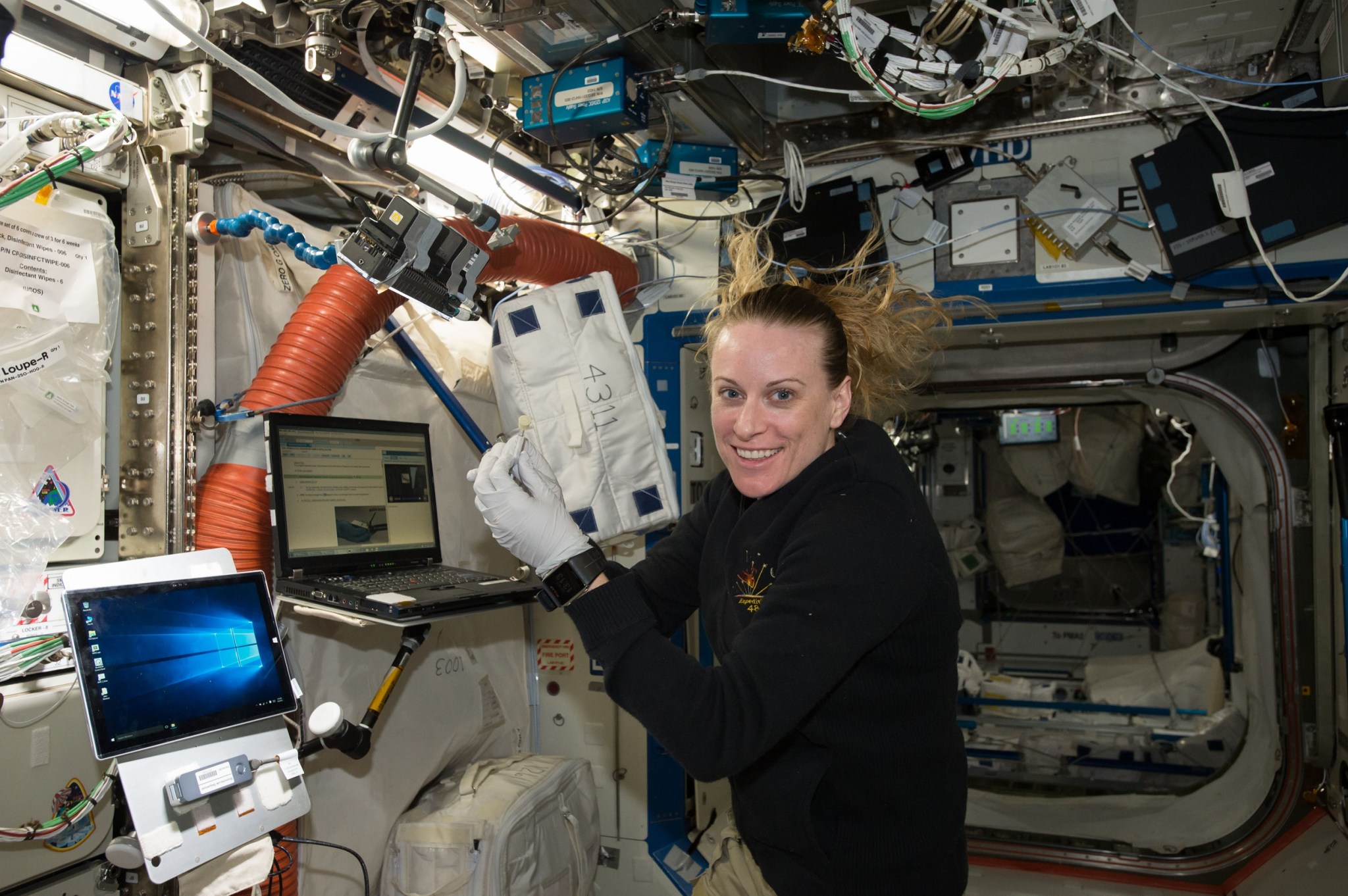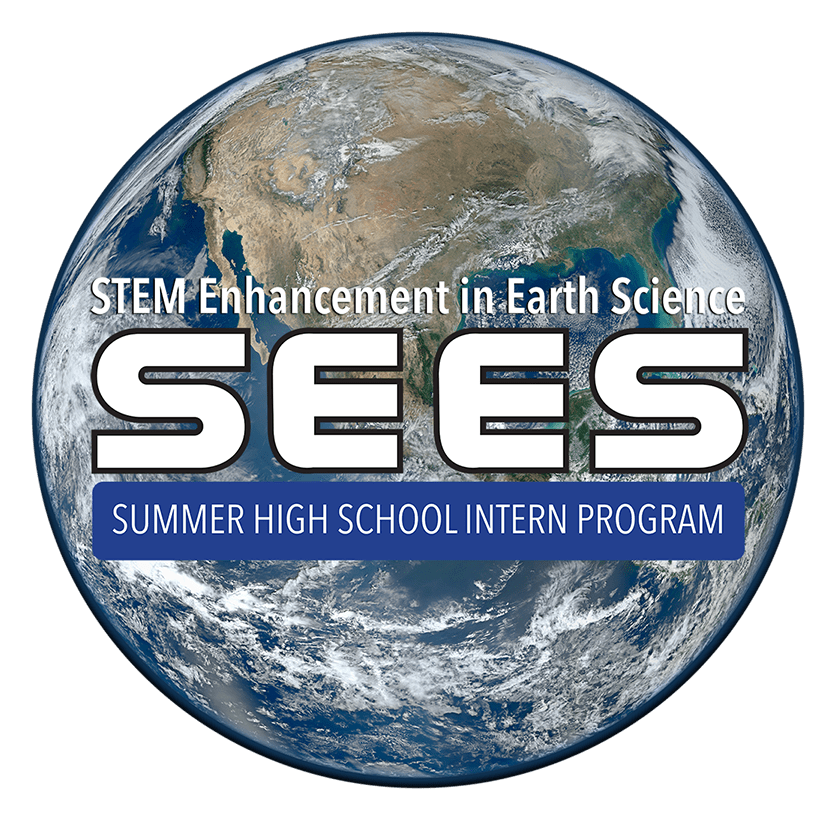Just like being trapped within a spider’s web drastically changes a fly’s life, galaxies ensnared in the vast cosmic web are dramatically and irreversibly altered. Now, scientists from the University of Kansas are aiming to better understand the mechanisms at play in shaping clusters of galaxies as they travel through a cosmic web of different environments. KU professor of physics and astronomy Gregory Rudnick is leading the effort, which involves recreating the cosmic web in a computer simulation, then studying gas content and star-formation properties of galaxies as they move…
Read MoreNASA Taps Alabama A&M University to Host Break the Ice Lunar Challenge
4 min read Preparations for Next Moonwalk Simulations Underway (and Underwater) Alabama A&M University Agribition Center will host the final Break the Ice Lunar Challenge featuring a large dirt-based indoor arena on 40 acres of land, offering plenty of green space to build Break the Ice’s complex testing infrastructure. Photo Courtesy: Alabama A&M University Extension By Savannah Bullard NASA has selected Alabama A&M University’s Agribition Center in Huntsville, Alabama, to host the final level of the agency’s Break the Ice Lunar Challenge, using indoor and outdoor space to ground test…
Read MoreMarvel Comics celebrates Black History Month with ‘Star Wars’ comics covers
Black History Month, first made official in 1976 by President Gerald Ford to “seize the opportunity to honor the too-often neglected accomplishments of Black Americans in every area of endeavor throughout our history,” is upon us once again. Marvel Comics is honoring the occasion with a set of special variant covers across its flagship lineup of “Star Wars” titles. Created by distinguished artist Ken Lashley, these five “Star Wars” Black History Month alternate covers showcase a heroic collection of characters of color existing in the galaxy far, far away. …
Read MoreStatement from NASA’s Jennifer Kunz at SpaceCom, 50th Space Congress
Jennifer Kunz, associate director, technical, at NASA’s Kennedy Space Center in Florida, participates in a virtual Town Hall meeting on Jan. 13, 2022, for Kennedy employees. NASA/Kim Shiflett Jennifer Kunz, associate director technical of NASA’s Kennedy Space Center in Florida, released the following statement after speaking Thursday at the SpaceCom / 50th Space Congress in Orlando, Florida. “NASA’s Moon to Mars strategy rests on three pillars: pursuing science to better understand the universe and our origins; inspiring the next generation to achieve the seemingly impossible; and building on American preeminence…
Read MoreChina puts models of its future crewed moon landing spacecraft on display
China is displaying models of the rockets and spacecraft it is developing to send its astronauts to the moon. The event, the “Exhibition of Achievements in China Manned Space Program,” opened in Shanghai at the New International Expo Center on Dec. 29. The exhibition features the Long March 10 rocket, a lunar lander spacecraft and a next-generation crew spacecraft. Related: Not just Artemis: China and Russia plan to put boots on the moon, too The Long March 10 builds on China’s current rocket, the Long March 5. The next-gen spacecraft…
Read MoreLagniappe for February 2024
5 Min Read Lagniappe for February 2024 Explore the February 2024 issue, highlighted by NASA reaching the halfway point for the Artemis Moon Rocket Engine Certification Series, NASA’s Day of Remembrance, and what fuels a NASA Stennis Test Operations Leader. Explore the February 2024 edition featuring: RS-25 Test on Jan. 27 Day of Remembrance NASA Spinoff Gator Speaks Gator Speaks NASA Stennis There are two reasons why the last Thursday in January and the month of February are important at NASA moving ahead as the Artemis Generation. Having been around…
Read MoreStation Science 101: Studying DNA in Space
Long-term space exploration exposes humans to radiation that can damage deoxyribonucleic acid or DNA, which carries the genetic information for our development and functioning. Conditions in space also affect the way the body repairs such damage, potentially compounding the risk. Research on the International Space Station studies DNA damage and repair using tools and techniques to sequence, analyze, and even edit DNA. Those tools and techniques have been developed especially for use in space, which has unique safety considerations and where there are limits on the size and weight of…
Read MoreFormer STEM Enhancement in Earth Science Interns Receive Prestigious Awards
3 min read Former STEM Enhancement in Earth Science Interns Receive Prestigious Awards The STEM Enhancement in Earth Science (SEES) Summer Intern Program is a nationally competitive STEM program for high school students. The program provides selected students with exposure to Earth and Space research. Interns learn how to interpret NASA satellite data while working with scientists and engineers in their chosen area of work. This content knowledge, coupled with hands-on experiences, allows the intern to gain experience in authentic NASA research through field investigation and data analysis. Several former…
Read MoreNASA Shares Assignments for its SpaceX Crew-9 Space Station Mission
Official NASA’s SpaceX Crew-9 portraits with Zena Cardman, Nick Hague, Stephanie Wilson and Aleksandr Gorbunov NASA As part of NASA’s SpaceX Crew-9 mission, four crew members are preparing to launch to the International Space Station and conduct a wide-ranging set of operational and research activities for the benefit of all. Launching aboard the Dragon spacecraft, NASA astronauts Commander Zena Cardman, Pilot Nick Hague, and Mission Specialist Stephanie Wilson, and Roscosmos cosmonaut Mission Specialist Aleksandr Gorbunov, will join Expedition 71 and 72 crew members no earlier than August. They will arrive…
Read MoreCygnus Flies to the International Space Station
A successful liftoff from Space Launch Complex 40 at Cape Canaveral Space Force Station in Florida as Northrop Grumman’s Cygnus spacecraft, atop a SpaceX Falcon 9 rocket, heads to the International Space Station for the 20th Northrop Grumman resupply mission on Tuesday, Jan. 30, 2024. The spacecraft is expected to reach the space station Thursday, Feb. 1, 2024, bringing 8,200 pounds of science investigations, supplies, and equipment for the international crew.
Read More